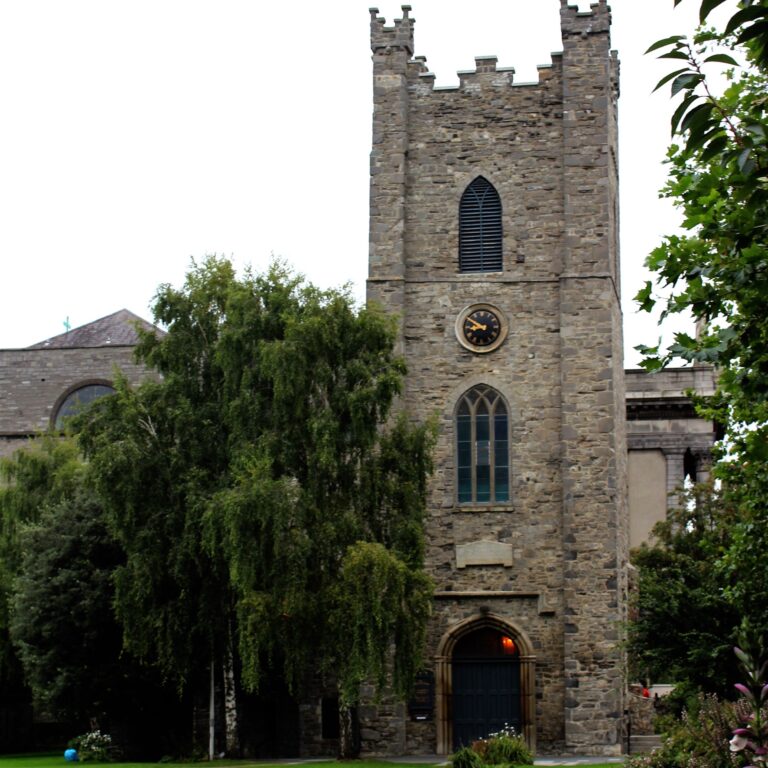Journal •
It’s the Little Things
As the saying goes, “It’s the little things in life”, but what if the same could be said about architecture and design?
When the world shrank to a pinpoint, walking became the standard outlet – just walking and walking, trying to bring variety to the day. Gradually, this awareness came; of the details, the moments in the seemingly ‘ordinary’. Patterns, objects, composition and colour began to create unique junctions and elements. These details began to draw notice and engage the senses. What was once a blur, a backdrop to the hectic race through space onto the next destination; now, it seems the details are what make these environments unique.
It began at eye level, as we slowly became aware of the anomalies in the built world, the little items that make up the identity of a place.
But the world does not exist solely at eye level; it surrounds us, above and below. Looking down came more naturally at first, recognising the texture of the ground surface and the invisible thresholds it formed between places.

Finally, what’s above drew the gaze; this was an entirely new perspective; seeing the underside of things and feeling small in comparison like the world had turned upside down. Suddenly, all three dimensions of the world were in play, overlapping and intertwining, creating contrasts and comparisons – forming the architecture of the city as we know it.
Capturing and creating these moments is the challenge; it’s an abstraction no matter what you do. But this is part of the charm: as the context beyond your vision calls you, drawing you in, immersing you in the narrative behind the instant captured and you appropriate these details for yourself.




This brought the realisation that we often take the details of design for granted, the shape of a door handle, the way the cladding was attached or the way two materials meet.
But these details give a building its sense of human scale. They are the parts of the building we come in closest contact with, the pieces that define our perception and immediate context.
Without the details, identity is lost. A building needs its own unique sense of pattern, contrast and geometry to carve its place in the city to help it stand out and hold its own.
Contributor Isabel Hamilton, IAF Emerging Architectural Writers Panelist 2021
Photography by Isabel Hamilton.







